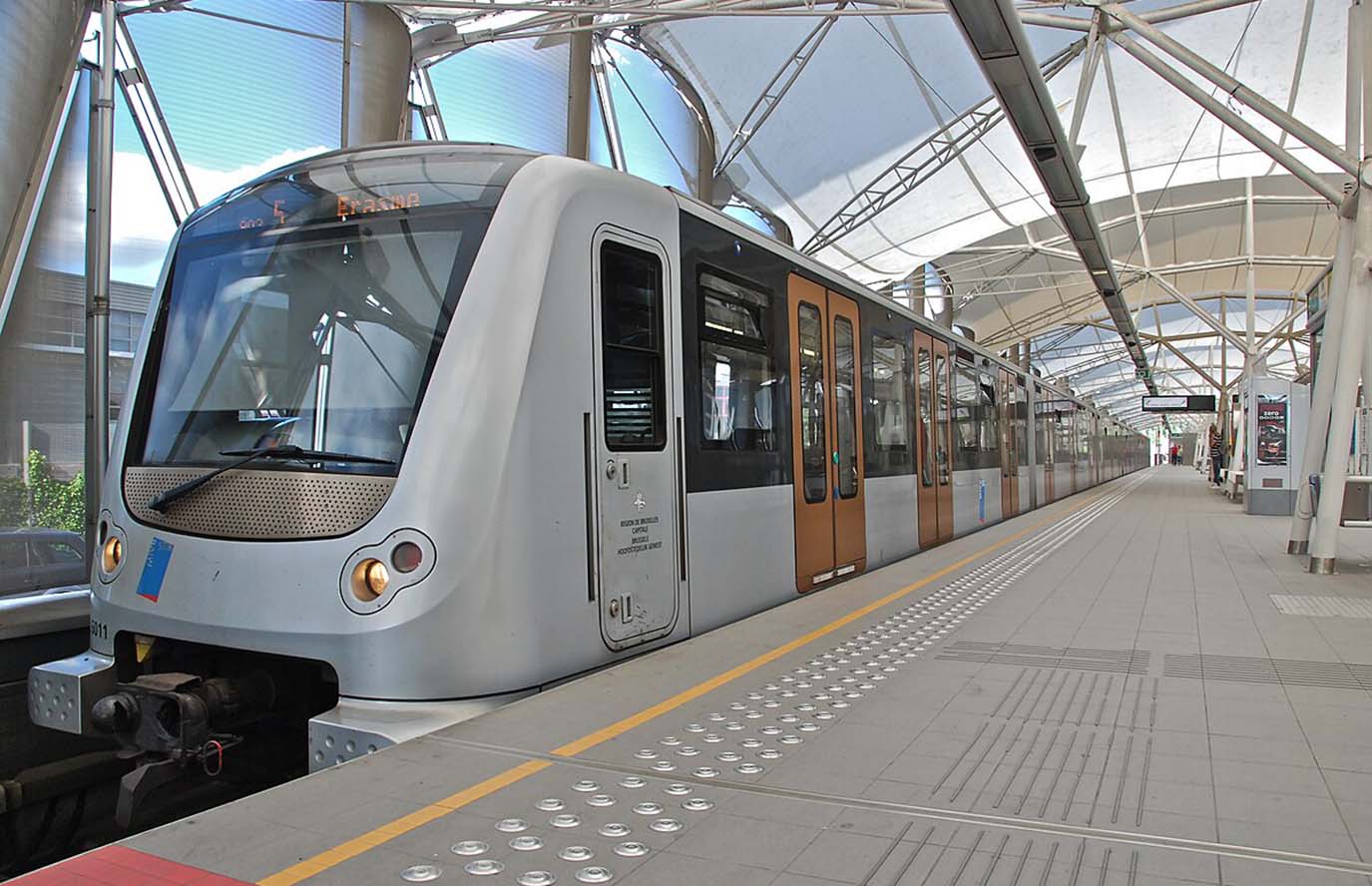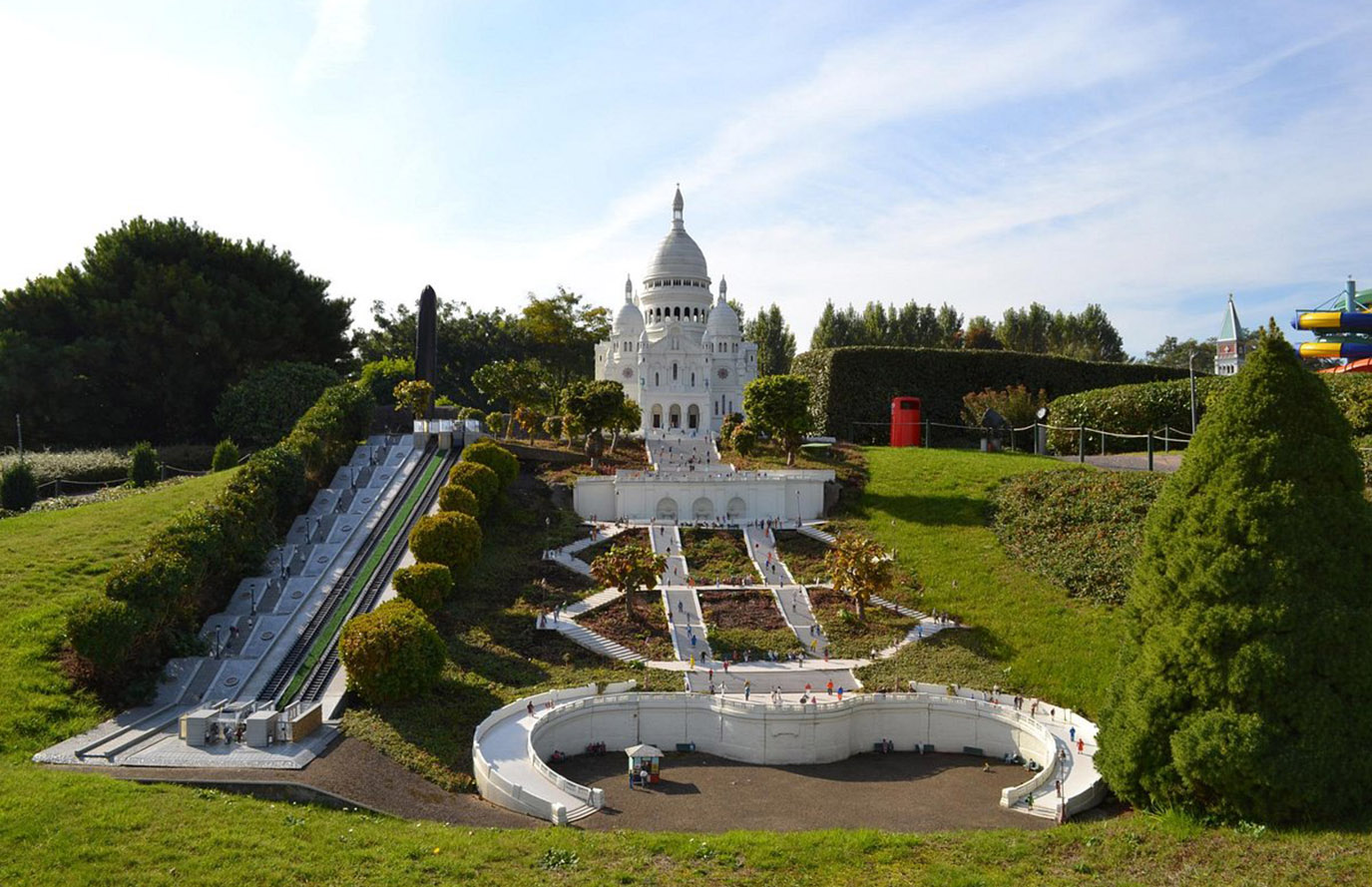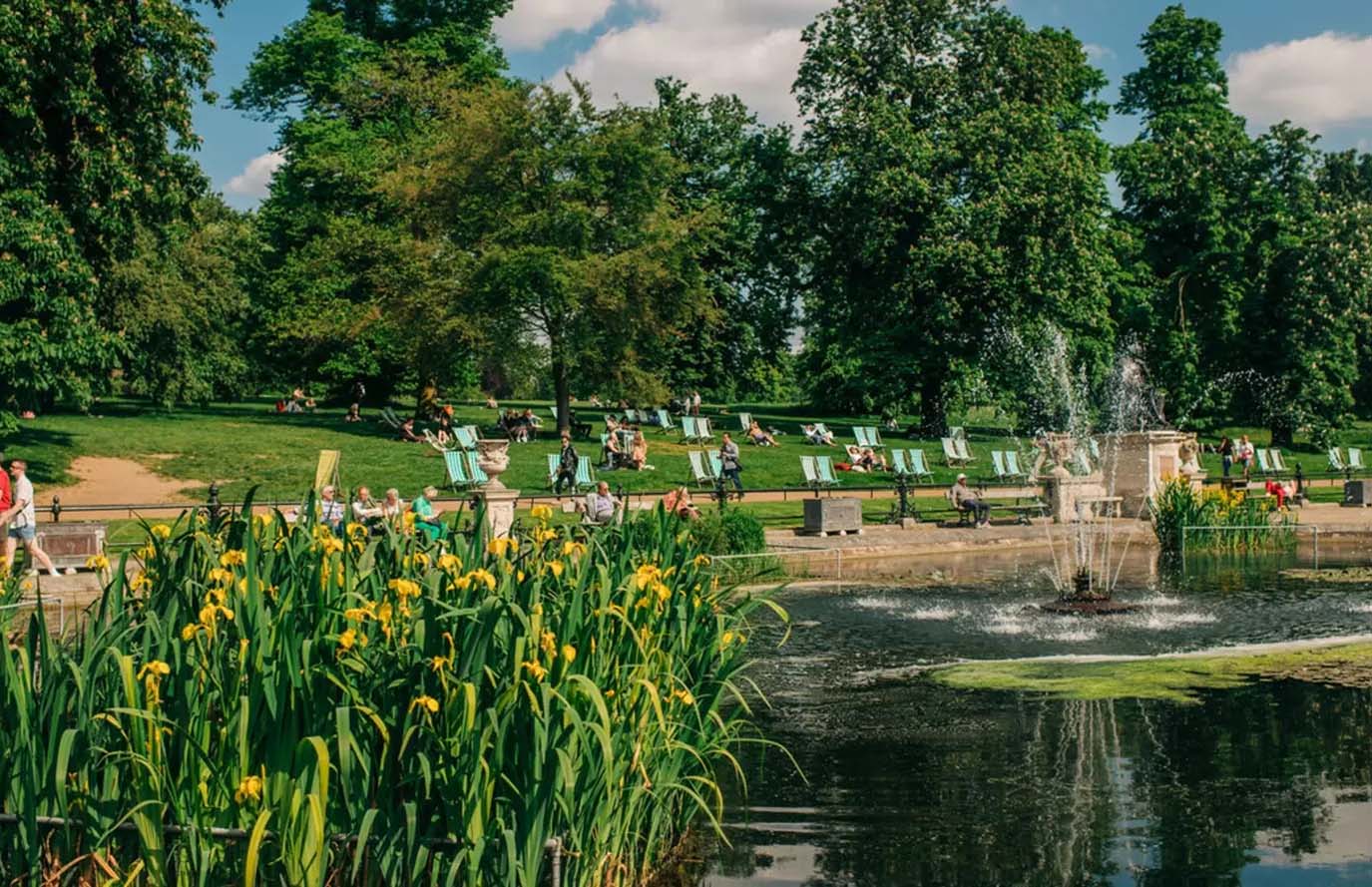Brussels, the vibrant capital of Belgium, is a city steeped in history, culture, and culinary delights. From its magnificent architecture and world-class museums to its charming cobblestone streets and bustling markets, Brussels offers something for every type of traveler. But before you embark on your Brussels adventure, there are a few things you need to know to make the most of your trip.
Brussels Travel Essentials:
Before embarking on your Brussels adventure, it’s essential to pack the right essentials to ensure a comfortable and enjoyable trip. Here are a few items you shouldn’t leave home without:
Comfortable walking shoes: Brussels is a walkable city, so make sure to pack comfortable shoes for exploring its charming neighborhoods and historic sites.
Weather-appropriate clothing: Belgium’s weather can be unpredictable, so pack layers to accommodate changing temperatures and possible rain showers.
Adapter plug: Belgium uses Type E electrical outlets, so don’t forget to pack an adapter plug if you plan to charge your devices.
Travel umbrella: Be prepared for the occasional rain shower by packing a compact travel umbrella to keep you dry while exploring the city.
Daypack or Crossbody Bag: In addition to comfortable walking shoes, having a lightweight daypack or crossbody bag is essential for carrying your essentials while exploring the city. Opt for a bag with multiple compartments to keep your belongings organized and easily accessible throughout the day.
Reusable Water Bottle: Stay hydrated while sightseeing by bringing along a reusable water bottle. Brussels has many public drinking fountains where you can refill your bottle for free, helping you save money and reduce plastic waste during your travels.
Travel Guidebook or Map: While smartphones and GPS apps are convenient, having a physical travel guidebook or map can be invaluable for navigating Brussels’ streets and discovering hidden gems off the beaten path. Look for guides that provide insider tips on local attractions, dining options, and transportation.
Portable Charger: Keep your devices powered up throughout the day with a portable charger or power bank. This is especially useful for long days of sightseeing when you may not have access to electrical outlets to recharge your phone or camera.
Travel Insurance Documents: Before you depart, make sure to purchase travel insurance and carry a printed copy of your policy documents with you. Travel insurance can provide coverage for medical emergencies, trip cancellations, and lost or stolen belongings, offering peace of mind during your trip.
Comfortable Clothing: In addition to weather-appropriate clothing, prioritize comfort when choosing your outfits for exploring Brussels. Opt for lightweight, breathable fabrics and versatile layers that can easily be mixed and matched for different activities and weather conditions.
Sun Protection: Don’t forget to pack sun protection essentials such as sunscreen, sunglasses, and a wide-brimmed hat, especially if you’ll be spending long hours outdoors. Even on cloudy days, UV rays can still penetrate through the clouds and cause sunburn.
Basic First Aid Kit: While Brussels has excellent healthcare facilities, it’s always a good idea to carry a basic first aid kit with essentials such as adhesive bandages, pain relievers, antihistamines, and antiseptic wipes for minor injuries or ailments.
By packing these additional essentials, you’ll be well-prepared to make the most of your Brussels adventure and create lasting memories in this captivating city.
Local Weather and Cultural Considerations:
Brussels experiences a temperate maritime climate, with mild summers and cool winters. Summers (June to August) are typically warm, with temperatures averaging around 20-25°C (68-77°F), while winters (December to February) can be chilly, with temperatures ranging from 0-5°C (32-41°F). It’s always a good idea to check the weather forecast before your trip and pack accordingly.
In terms of culture, Brussels is a multicultural city with a rich history and diverse population. French and Dutch are the official languages, but English is widely spoken, especially in tourist areas. Belgians are known for their hospitality and friendliness, so don’t hesitate to strike up a conversation with locals and immerse yourself in the local culture.
Currency Exchange:
When traveling to Brussels, it’s important to be prepared with the local currency, which is the Euro (EUR). Here are some additional tips for currency exchange:
Where to Exchange Currency: While major credit cards are widely accepted in Brussels, it’s still a good idea to carry some cash for smaller purchases and transactions, especially in local markets or smaller establishments. For the best exchange rates, visit banks or authorized exchange offices in the city center rather than exchanging currency at airports or tourist areas, where rates may be less favorable.
Exchange Rates and Fees: Keep an eye on exchange rates and be aware of any fees or commissions charged by exchange offices. Some banks may offer competitive rates and lower fees for currency exchange, so it’s worth comparing rates before making a transaction.
ATM Withdrawals: Another convenient option for obtaining local currency is to withdraw cash from ATMs using your debit or credit card. Look for ATMs affiliated with major banks to avoid excessive withdrawal fees, and notify your bank of your travel plans in advance to prevent any issues with card usage abroad.
Carrying Cash Safely: When carrying cash, take precautions to ensure its safety. Consider using a money belt or hidden pouch to store your cash and avoid keeping large amounts of money in your wallet or purse. Be vigilant in crowded areas and beware of pickpockets, especially in tourist hotspots.

Navigating the Brussels Metro:
The Brussels Metro is an efficient and convenient way to explore the city’s many attractions and neighborhoods. Here are some additional tips for navigating the metro system:
Understanding the Metro Map: Familiarize yourself with the Brussels Metro map and the different metro lines to plan your route effectively. Each metro line is color-coded and numbered, with stations clearly marked along the route. You can easily access a map online or pick up a physical copy at metro stations or tourist information centers.
Purchasing Tickets: While single journey tickets are available for occasional travelers, frequent metro users may find it more economical to purchase a MOBIB card. This rechargeable smart card offers discounted fares and allows for unlimited travel on the metro, trams, and buses within Brussels. MOBIB cards can be purchased at metro stations and topped up with credit as needed.
Peak Hours and Crowds: Avoid traveling during peak hours, particularly on weekday mornings and evenings, when the metro is most crowded with commuters. If possible, plan your journeys outside of these times to enjoy a more comfortable and relaxed travel experience.
Accessibility: The Brussels Metro is accessible to passengers with disabilities, with elevators and ramps available at most stations. Look for the wheelchair symbol on the metro map to identify accessible stations, and feel free to ask station staff for assistance if needed.
By following these tips, you’ll be well-equipped to handle currency exchange and navigate the Brussels Metro with confidence during your visit to the vibrant Belgian capital.
Popular Street Food in Brussels:
No trip to Brussels would be complete without indulging in its famous street food offerings. From crispy frites to savory waffles and delectable chocolates, the city’s street food scene is a culinary delight. Some must-try street foods include:
1. Belgian Waffles: Sink your teeth into a freshly baked Belgian waffle topped with a generous dollop of whipped cream, decadent chocolate sauce, or a sprinkling of fresh strawberries. These sweet treats can be found at street stalls and cafes throughout Brussels, each offering their own unique twist on this beloved Belgian delicacy.
2. Frites (French Fries): Sample crispy, golden frites served piping hot and perfectly seasoned from one of the city’s many friteries. Whether you prefer them smothered in traditional mayonnaise, drizzled with tangy Andalouse sauce, or paired with a side of savory stoofvlees (beef stew), there’s no shortage of delicious dipping options to choose from.
3. Belgian Chocolates: Treat yourself to the rich, velvety goodness of Belgian chocolates from renowned chocolatiers such as Neuhaus, Leonidas, and Pierre Marcolini. Indulge in an assortment of pralines, truffles, and ganaches, each lovingly crafted using the finest ingredients and traditional techniques. These mouthwatering treats make for the perfect souvenir or edible gift to bring back home.
Street Food Safety Tips:
While exploring Brussels’ vibrant street food scene, it’s essential to prioritize food safety to ensure a pleasant and enjoyable dining experience. Here are a few tips to keep in mind:
1. Choose Reputable Vendors: Opt for street food stalls and vendors with clean, hygienic preparation areas and a steady stream of customers. Look for popular spots that locals frequent, as they are likely to maintain high standards of cleanliness and food quality.
2. Check for Freshness: When purchasing street food, pay attention to the quality and freshness of the ingredients. Look for signs of freshly prepared food, such as hot, crispy frites straight from the fryer or waffles made to order with a golden, caramelized exterior. Avoid vendors with pre-cooked or reheated food sitting out for extended periods.
3. Practice Good Hygiene: Before indulging in your street food feast, take a moment to wash your hands thoroughly with soap and water, or use hand sanitizer if washing facilities are not available. Avoid touching your face or handling food with unwashed hands to minimize the risk of contamination.
By following these street food safety tips, you can savor the flavors of Brussels’ culinary delights with confidence and peace of mind. So go ahead, explore the bustling food stalls and markets of the Belgian capital, and treat your taste buds to an unforgettable gastronomic adventure!
Obtaining a Local SIM Card:
For travelers looking to stay connected during their time in Brussels, purchasing a local SIM card is a convenient option. Several mobile providers, including Proximus, Orange, and Base, offer prepaid SIM cards with data, text, and calling options. SIM cards can be purchased at mobile stores, kiosks, and convenience stores across Brussels, with options available for short-term and long-term stays.
Planning a 5-Day Itinerary:
With five days to explore Brussels, you’ll have ample time to soak up the city’s rich culture, history, and culinary delights. Here’s a suggested itinerary to help you make the most of your time:
Day 1: Explore the historic Grand Place, visit the Brussels City Museum and Maison du Roi, and sample street food at Place St. Catherine.
Day 2: Discover Art Nouveau architecture in the Saint-Gilles neighborhood, visit the Horta Museum, and enjoy a leisurely stroll through Parc du Cinquantenaire.
Day 3: Immerse yourself in modern art at the Wiels Contemporary Art Centre, explore the European Quarter, and visit the Atomium.
Day 4: Take a day trip to Bruges, a UNESCO World Heritage Site known for its picturesque canals, medieval architecture, and chocolate shops.
Day 5: Relax and unwind with a visit to the Royal Greenhouses of Laeken, followed by a leisurely afternoon exploring the Sablon neighborhood and enjoying Belgian chocolate tastings.
Adjusting Your Budget:
Brussels offers a range of budget-friendly options for travelers, from affordable street food stalls to free museum admission on certain days. To adjust your budget accordingly, consider the following tips:
Take advantage of free attractions: Many museums and cultural sites in Brussels offer free admission on certain days of the week or month, so plan your itinerary accordingly to maximize savings.
Opt for public transportation: The Brussels Metro and public buses offer affordable transportation options for getting around the city, with discounted fares available for multi-day passes.
Dine like a local: Explore Brussels’ vibrant food markets and neighborhood eateries to sample authentic Belgian cuisine at a fraction of the cost of upscale restaurants.
Recommended Day Trips:
In addition to exploring Brussels, consider taking a day trip to nearby destinations to experience the beauty and charm of Belgium. Some popular day trip options include:
Bruges: Known as the “Venice of the North,” Bruges is a picturesque medieval city with winding canals, cobblestone streets, and well-preserved architecture.
Ghent: Explore Ghent’s medieval city center, visit the imposing Gravensteen Castle, and admire the stunning altarpiece at St. Bavo’s Cathedral.
Antwerp: Discover Antwerp’s rich artistic heritage, visit the renowned Rubenshuis museum, and explore the city’s vibrant fashion and design scene.
Recommended Travel Insurance:
When traveling to Brussels, it’s essential to have comprehensive travel insurance to protect against unforeseen circumstances such as trip cancellations, medical emergencies, and lost or stolen belongings. One highly recommended travel insurance provider is World Nomads, which offers customizable plans tailored to the needs of individual travelers. With coverage for a wide range of activities and destinations, World Nomads provides peace of mind for travelers exploring Brussels and beyond.

From the grandeur of the Grand Place to the whimsical beauty of Art Nouveau and the vibrant energy of its contemporary art scene, Brussels offers a wealth of experiences waiting to be discovered. Whether you’re indulging in street food delicacies, marveling at architectural masterpieces, or simply soaking up the city’s unique atmosphere, a trip to Brussels promises to be an unforgettable adventure filled with exploration, discovery, and endless inspiration. So pack your bags, lace up your walking shoes, and get ready to embark on the journey of a lifetime in the heart of Europe.



